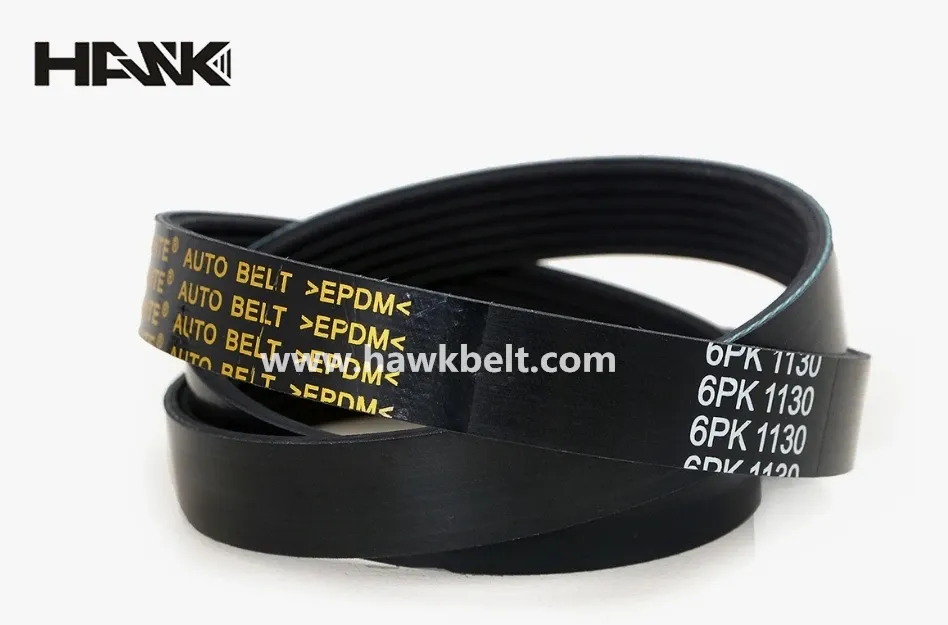- Larabci
- Faransanci
- Rashanci
- Mutanen Espanya
- Fotigal
- Baturke
- Armenian
- Turanci
- Albaniya
- Amharic
- Azerbaijan
- Basque
- Belarushiyanci
- Bengali
- Bosniya
- Bulgarian
- Catalan
- Cebuano
- Corsican
- Croatian
- Czech
- Danish
- Yaren mutanen Holland
- Afirka
- Esperanto
- Estoniya
- Finnish
- Farisa
- Galiciyan
- Jojin
- Jamusanci
- Girkanci
- Gujarati
- Haitian Creole
- hausa
- hawayi
- Ibrananci
- A'a
- Miya
- Harshen Hungary
- Icelandic
- igbo
- Indonesiya
- Irish
- Italiyanci
- Jafananci
- Yawanci
- Kannada
- kazakh
- Khmer
- Ruwanda
- Yaren Koriya
- Kurdish
- Kyrgyzstan
- TB
- Latin
- Latvia
- Lithuaniyanci
- Luxembourgish
- Makidoniya
- Malgashi
- Malay
- Malayalam
- Maltase
- Maori
- Marathi
- Mongolian
- Myanmar
- Nepali
- Yaren mutanen Norway
- Yaren mutanen Norway
- Occitan
- Pashto
- Farisa
- Yaren mutanen Poland
- Punjabi
- Romanian
- Samoan
- Scottish Gaelic
- Serbian
- Turanci
- Shona
- Sindhi
- Sinhala
- Slovak
- Harshen Sloveniya
- Somaliya
- Sundanci
- Harshen Swahili
- Yaren mutanen Sweden
- Tagalog
- Tajik
- Tamil
- Tatar
- Telugu
- Thai
- Turkmen
- Ukrainian
- Urdu
- Uighur
- Uzbek
- Vietnamese
- Welsh
- Taimako
- Yadish
- Yarbawa
- Zulu
Dec . 06, 2024 09:13 Komawa zuwa lissafi
Adjustable Serpentine Belt: Enhancing Vehicle Flexibility
An adjustable serpentine belt is a modern innovation that brings convenience and versatility to automotive maintenance. Unlike standard fixed belts, the adjustable design accommodates variations in pulley alignments and tension requirements, making it easier to install and maintain. This flexibility ensures that the belt can fit a wide range of vehicle models without compromising performance.

The adjustable feature also simplifies serpentine drive belt replacement, reducing the need for specialized tools and ensuring a perfect fit. This innovation is particularly beneficial for power-intensive applications, where maintaining optimal tension is critical to the performance of power transmission belts.
Power Transmission Belts: The Heart of Efficient Drive Systems
Power transmission belts are vital components in modern engines, transferring energy from the crankshaft to essential accessories like the alternator, air conditioning, and power steering. The serpentine drive belt is a key player in this system, known for its ability to drive multiple components simultaneously with minimal energy loss.
Advanced materials, such as synthetic rubber and reinforced fibers, enhance the durability and heat resistance of these belts. By investing in high-quality power transmission belts, vehicle owners can ensure reliable performance and a longer lifespan for their engine components.
Simplifying Serpentine Drive Belt Replacement
Replacing a serpentine drive belt may seem daunting, but with the right tools and instructions, it becomes a manageable task. The process involves carefully removing the old belt, inspecting pulleys for wear, and installing the new belt in the correct routing pattern. Many modern belts include diagrams for easy installation, making the task more accessible for DIY enthusiasts.
For those working with an adjustable serpentine belt, the replacement process is even simpler. Its adaptability allows for quick adjustments to fit various configurations, saving time and effort. Proper replacement and maintenance are crucial for preventing issues like belt slippage or premature wear.
Installing the Serpentine Belt: Step-by-Step Guide
Installing the serpentine belt begins with ensuring the engine is turned off and cool. Next, locate the belt routing diagram, typically found under the hood or in the vehicle’s manual. Use a tensioner tool to release tension on the belt and remove the old one.
When fitting the new belt, ensure it aligns perfectly with the pulleys, following the correct routing path. For an adjustable serpentine belt, fine-tune the tension for an optimal fit. Finally, double-check the installation to ensure there’s no misalignment, as this can lead to performance issues.
Investing in durable power transmission belts and high-quality adjustable serpentine belts ensures smoother engine operation and reduces the frequency of replacements. Choosing the right belt for your vehicle helps avoid common issues like slippage, wear, and noise.
Our extensive range of reliable belts caters to various automotive needs. Whether you’re looking for a durable replacement or an adjustable option for easy installation, we’ve got you covered. Explore our offerings today and equip your vehicle with the best!
-
Why Choose Precision with a Synchronous Timing Belt System?
LabaraiJul.31,2025
-
Upgrade Vehicle Performance with Precision Belt and Pulley Systems
LabaraiJul.31,2025
-
Drive Performance Forward with Reliable Auto Belt and Spare Part Solutions
LabaraiJul.31,2025
-
Discover Why Poly Belts Are the Ultimate Choice for Your Mechanical Needs
LabaraiJul.31,2025
-
Discover How V Belts Transform Myvi Performance
LabaraiJul.31,2025
-
Could Innovation in Timing Systems Begin with the Right Variable Belt Drive?
LabaraiJul.31,2025

